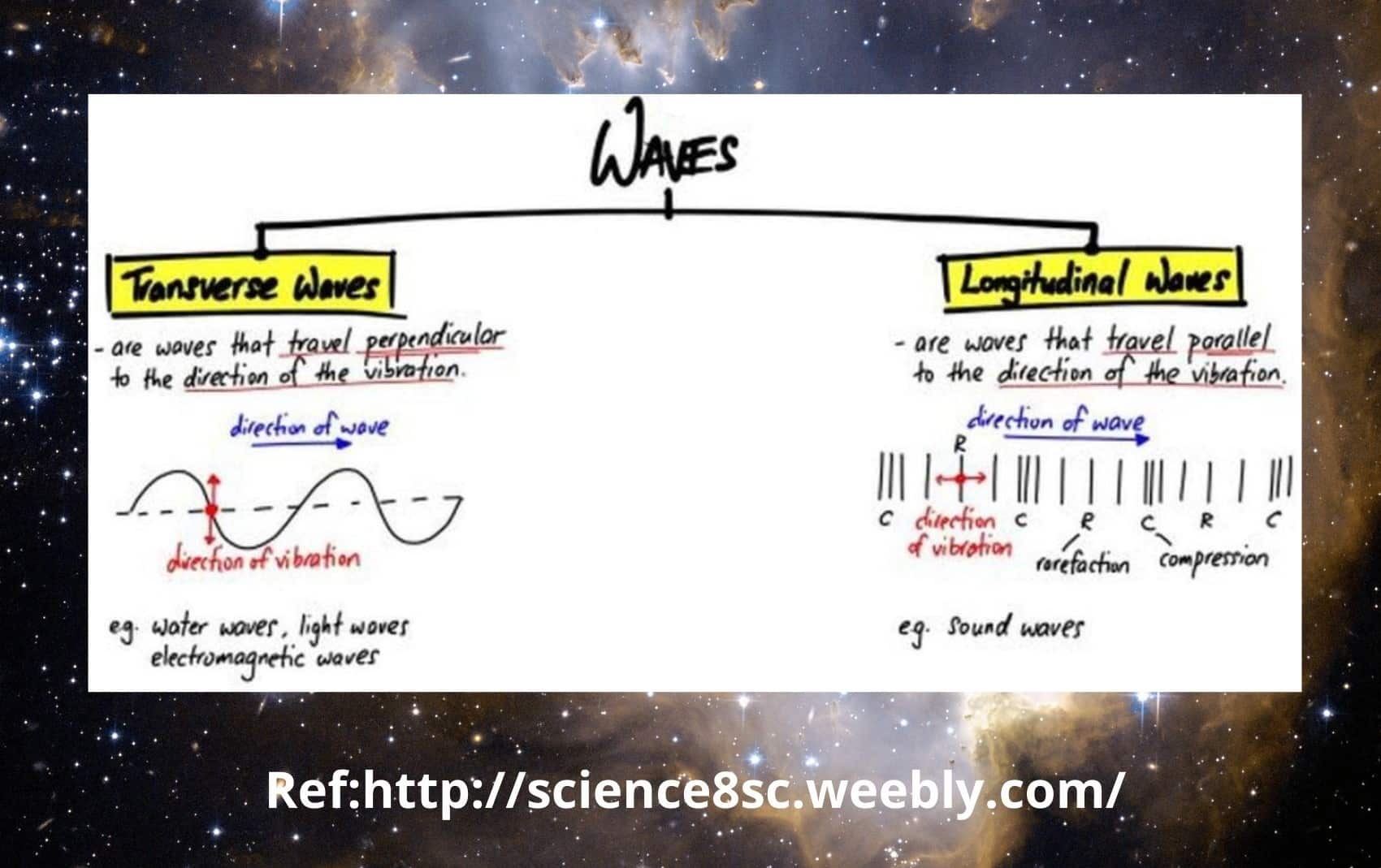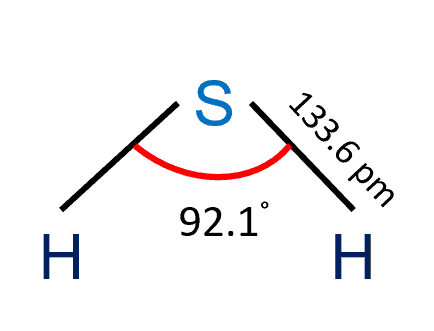Ferromagnetic materials have valence energy shells that include unpaired electrons. With no other electron to cancel out its magnetic field, the existence of this single electron in trillions of atoms greatly contributes to the material’s total magnetic field intensity.
Furthermore, the composition of a ferromagnetic material is such that its dipoles align precisely parallel to their neighbors or straight in the direction of an applied magnetic field.
The dipoles have a mass of 1012 or 1015 and are compacted into separate areas known as magnetic domains. Each dipole’s magnetic component subsequently combines together to form a very persistent magnetic field.
Ferromagnetic materials are the most susceptible to being attracted to a physical magnet. In fact, even when the external field is removed, the material continues to behave like a magnet for a brief period of time. Iron, cobalt, and nickel are three prominent examples.
Table of Contents
Ferromagnetism Definition
Ferromagnetism is the phenomenon that occurs when ferromagnetic metals such as iron, nickel, cobalt, and certain alloys get magnetized in a magnetic field and keep their magnetism after the field is removed.
It is one of the most powerful kinds of magnetism and serves as the foundation for all permanent magnets.
Iron, for example, is composed of microscopic areas known as magnetic domains, each of which has a different magnetic orientation, therefore the material as a whole may not be magnetic.
When iron is put in a magnetic field, the domains align in the field’s direction, magnetizing it. Iron is ferromagnetic, which means it keeps its magnetism even when the field is removed.
Examples of Ferromagnetic Materials
Ferromagnetic materials are utilized in a variety of applications, including sensors, actuators, motors, and transformers. Their major attraction is their capacity to achieve high magnetization levels when exposed to a low-intensity external magnetic field.
Common examples of ferromagnetic substances are iron, cobalt, nickel, etc. Furthermore, ferromagnetic materials also include metallic alloys and rare earth magnets.
More Links
- BCl3 Lewis Structure in four simple steps - November 1, 2023
- PH3 Lewis Structure in four simple steps - October 8, 2023
- PF3 Lewis structure in four simple steps - September 24, 2023



